
How to Choose the Right Small Forklift Rental for Your Business Needs in 2023
In 2023, the demand for small forklift rentals has surged as businesses seek efficient solutions to manage their material handling needs in increasingly confined spaces. According to a recent industry report by the Material Handling Industry of America, the small forklift market is projected to grow at a rate of 5.3% annually, driven by the rise of e-commerce and the need for agile logistics operations. However, choosing the right small forklift rental can present challenges, particularly when it comes to selecting equipment that meets specific operational requirements while balancing costs. With an array of models available, businesses must navigate factors such as capacity, maneuverability, and terrain suitability to make informed decisions that enhance productivity and safety. In this blog, we will explore key considerations and common pitfalls to avoid when renting small forklifts, ensuring that your rental choice aligns with your business goals for optimal outcomes.
Read more »
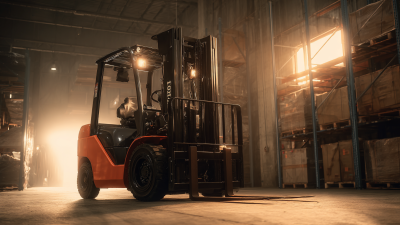
 By:Sophie - November 11, 2025
By:Sophie - November 11, 2025
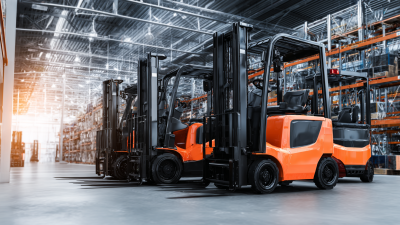
 By:Sophie - October 7, 2025
By:Sophie - October 7, 2025

 By:Sophie - September 22, 2025
By:Sophie - September 22, 2025

 By:Liam - September 18, 2025
By:Liam - September 18, 2025

 By:Sophie - September 11, 2025
By:Sophie - September 11, 2025

 By:Liam - September 6, 2025
By:Liam - September 6, 2025

 By:Sophie - September 2, 2025
By:Sophie - September 2, 2025
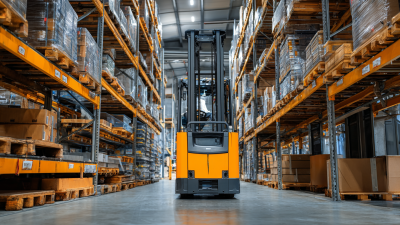
 By:Amelia - August 28, 2025
By:Amelia - August 28, 2025
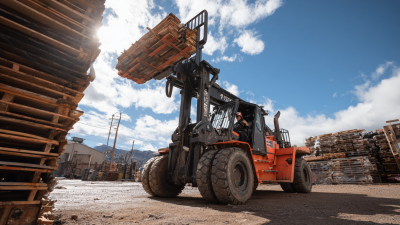
 By:Amelia - August 23, 2025
By:Amelia - August 23, 2025
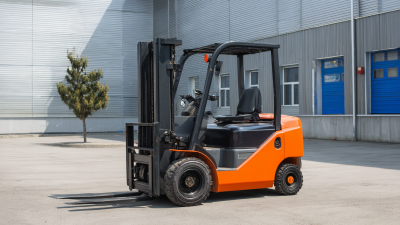
 By:Sophie - August 18, 2025
By:Sophie - August 18, 2025
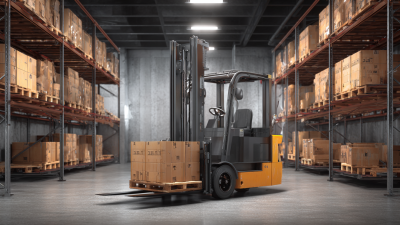
 By:Sophie - August 13, 2025
By:Sophie - August 13, 2025
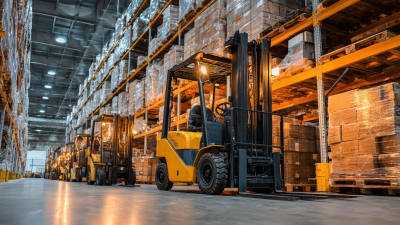
 By:Liam - August 8, 2025
By:Liam - August 8, 2025

 By:Sophie - August 3, 2025
By:Sophie - August 3, 2025
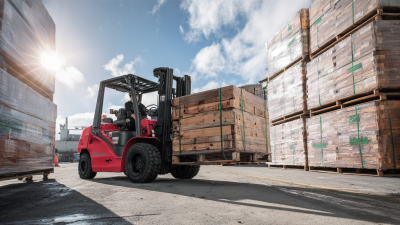
 By:Sophie - July 29, 2025
By:Sophie - July 29, 2025
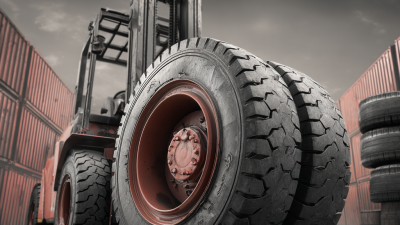
 By:Liam - July 24, 2025
By:Liam - July 24, 2025